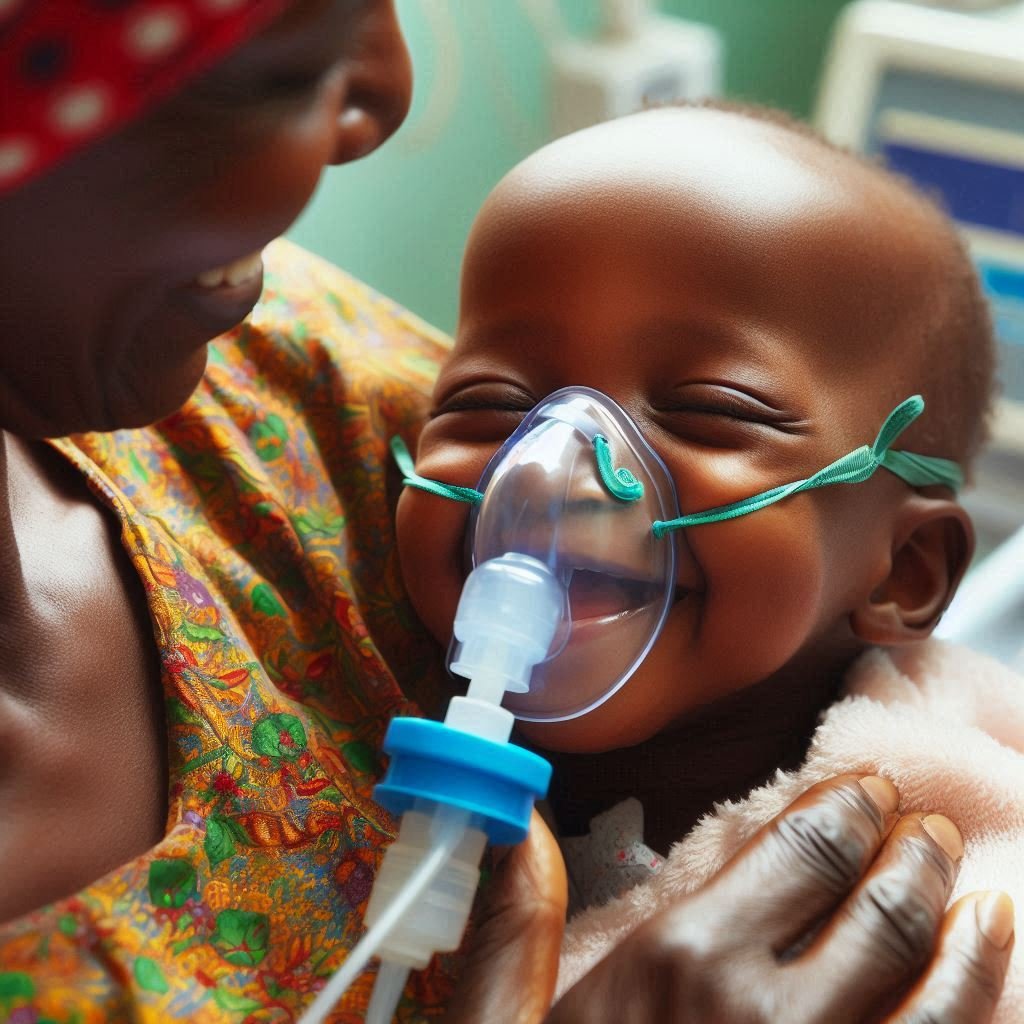The Hidden Crisis in Hospitals: Why Most Critically Ill Patients Aren’t in ICUs
When we hear the words critical illness, most of us picture a patient lying in an intensive care unit (ICU), connected to machines, surrounded by specialist doctors and nurses. But new research shows that this common image is misleading — and dangerously so.
In reality, the majority of critically ill patients around the world are not in ICUs at all. In fact, more than 90% of them are cared for in general hospital wards — often without the staff, monitoring, or equipment needed to keep them alive.
What is “critical illness”?
Critical illness is when a person’s vital organs — like the heart, lungs or brain — begin to fail. It’s a life-threatening state where, without urgent action, death is likely. It can happen to anyone, regardless of age, diagnosis, or background.
The key thing to understand is this: critical illness is about severity, not diagnosis. A patient might have pneumonia, malaria, a car crash injury, or complications after childbirth. Any of these can make them critically ill if their organs start to fail.
The problem: critical illness is often missed
The Hospital Burden of Critical Illness across Global Settings Study found that across hospitals in Malawi, Sri Lanka and Sweden, 12% of all patients were critically ill at any one time. That’s one in eight people in a hospital bed. And yet, in many cases, their condition wasn’t recognised or treated in time.
In the UK, 75% of patients who suffered a cardiac arrest in hospital had clear warning signs beforehand — but these signs were rarely acted upon. In Malawi, 89% of patients with dangerously low oxygen levels did not receive oxygen therapy.
These aren’t rare oversights. They are systemic gaps in how hospitals are organised and how care is prioritised.
Why ICUs aren’t the answer for everyone
ICUs save lives. But they are also expensive, resource-heavy, and limited in number. Even in high-income countries, ICU beds are scarce. In many low-income countries, there might be fewer than one ICU bed for a million people.
That means most critically ill patients — whether in rural Africa or urban Europe — will be treated in general wards, not ICUs. And unless those wards are equipped and staffed to deliver essential emergency and critical care (EECC), patients die needlessly.
The solution: Essential Emergency and Critical Care (EECC)
EECC is a package of 40 simple, proven, life-saving actions and the 66 basic resources needed to deliver them. It focuses on the basics:
Monitoring vital signs like breathing rate, oxygen levels and blood pressure
Giving oxygen when it’s needed
Providing intravenous fluids for shock
Keeping the airway open
Ensuring rapid response when a patient deteriorates
These are low-cost, feasible interventions that can be done in any hospital ward, anywhere in the world. They don’t replace advanced care — but they ensure that no patient is denied the fundamentals.
A hidden crisis that can’t be ignored
Every year, millions of people die in hospitals, not because their condition was untreatable, but because they didn’t receive the right care at the right time.
By recognising that most critically ill patients are outside the ICU, and by making EECC a standard everywhere, we can start closing the quality gap. This isn’t just about machines and technology. It’s about people, systems, and a commitment to provide the care that saves the most lives.
At EECC Global, we believe no one should die in hospital of a cause that EECC could prevent.


